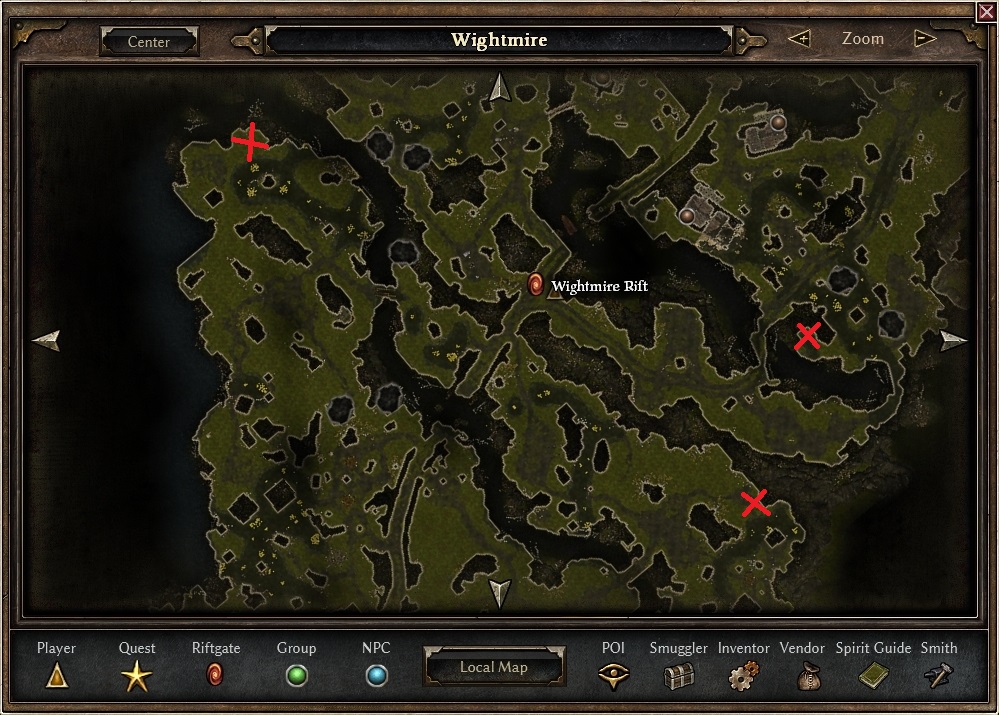

The earl had had terror: comfort he got for it, Since first he found him friendless and wretched, Oft Scyld the Scefing from scathers in numbersįrom many a people their mead-benches tore. How princes displayed then their prowess-in-battle. The folk-kings’ former fame we have heard of, Lo! the Spear-Danes’ glory through splendid achievements Far from being unrelated digressions, the songs enrich the story by placing the action in a larger context. As with all of the songs (or stories-within-the-story), it uses past events to foreshadow future events: in this instance, the fate of Wealhtheow’s sons. The song that the bard sings in honor of Beowulf’s triumph is about Hildeburh, the daughter of a Danish king and the wife of a Frisian king. High-born women often were sent to marry into a rival or enemy family, in an attempt to bring the families together these “peace-weavers,” however, more often than not found themselves caught in the middle when their families resumed their feuds. In Beowulf, there are nonetheless many moments when revenge is praised as a mark of loyalty and honor, even when the families were related by marriage. In order to avoid blood feuds between families, wergild would be paid to the family by the killer, at which point the feud would be (supposedly) ended. Grendel is considered uncivilized for many reasons in the story, but one of them is that he does not pay wergild, or blood money, for the men that he kills. Many of the customs in the story require some explanation for a modern audience. The band of warriors, or comitatus, were expected to fight and die alongside their leader the shame of not falling in battle by the side of your gold- friend is demonstrated near the end of Beowulf in the speech that Wiglaf gives to the other men. Another standard feature of Anglo-Saxon (and Norse) writing is its use of kennings: a type of metaphor that takes a simple word, such as “ship,” and describes it figuratively in a compound phrase, such as “wave-rider.” The kennings “gold-friend” almost always refers to the leader of a band of warriors (perhaps a king, perhaps a war lord) who was expected to maintain his status and the loyalty of his men by distributing his accumulated wealth to them. The poem contains over three thousand lines, each consisting of alliterative half-lines separated by a caesura (a pause or gap), which is the standard format of Anglo-Saxon poetry (with the exception of the lyric poetry, all of the other works in this section follow the same pattern). The story records the past glories of the warrior culture within a (barely) Christian framework to justify preserving the story.
#Grim dawn map of plains of strife code#
The tensions in the story between the Germanic heroic code and Christian values are worth noting, since the clearly-pagan story was written down after the Saxons had begun to convert. This warning is appropriate for a warrior culture, but it also works as a reference to Christian values. When Hrothgar lectures Beowulf after Grendel dies (a passage referred to as Hrothgar’s sermon), he warns about the dangers of pride and seeking after fame, foreshadowing Beowulf’s death.

As those divisions suggest, heroic behavior drives the action, but the story also asks the audience to stop and consider what heroic behavior really is, sometimes by highlighting the opposite. The story can be divided into three major sections: the conflict with Grendel (a monster), which draws Beowulf to Hrothgar’s kingdom at the beginning of the story the fight with Grendel’s (unnamed) mother and Beowulf’s battle with the dragon years later. There are some real people and historical events mentioned in Beowulf alongside the more legendary and literary elements of the story, although scholars have not found any historical reference to Beowulf himself. Saxon lands were just south of that area, in modern day northern Germany, so when the Saxons, Angles, and Jutes invaded Britain, leading to the creation of Angleland, or England, they brought with them stories of their previous homelands. The British manuscript is written mostly in a West Saxon dialect of Anglo- Saxon/Old English, although the main actions of the story take place in what would be modern- day Denmark and Sweden (see map). It is impossible to know how long the oral story was in circulation before it was written down. Manuscript from around 1000 ACE (from an earlier oral story)īeowulf survives in a single manuscript that was burned around the edges in a fire in 1741 without it, the story of the hero of the Geats would have been lost to history.


 0 kommentar(er)
0 kommentar(er)
